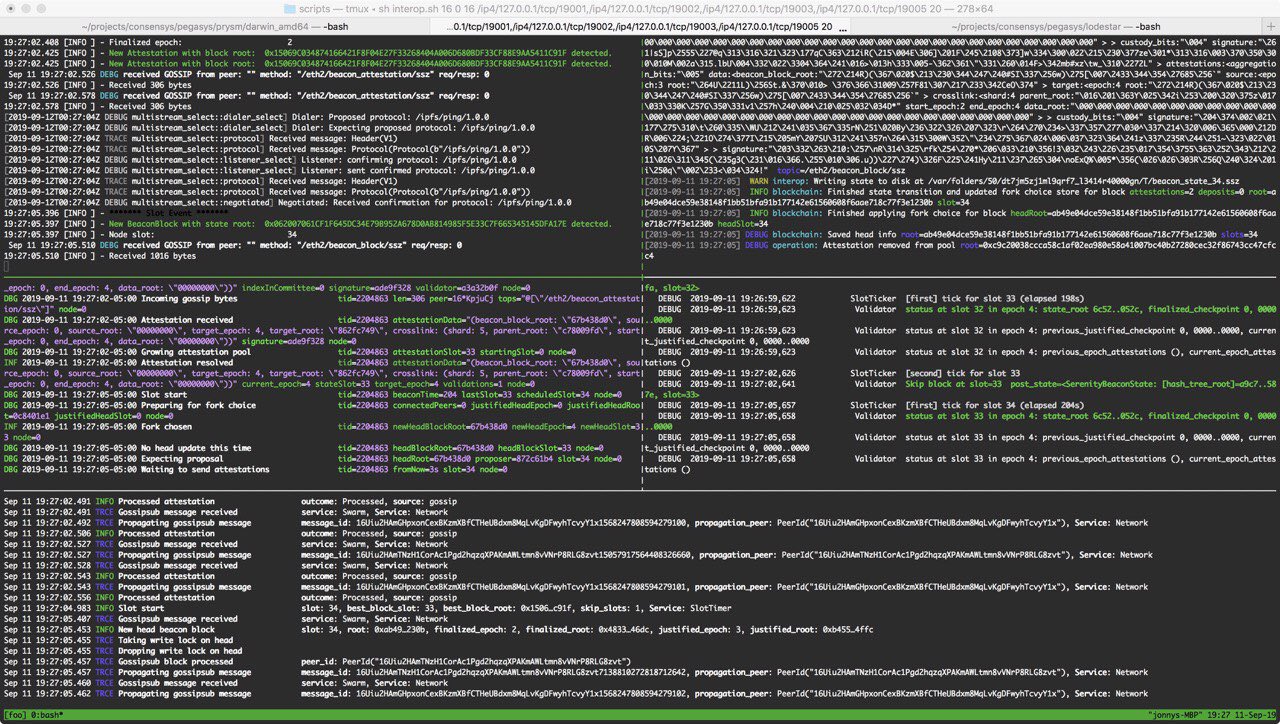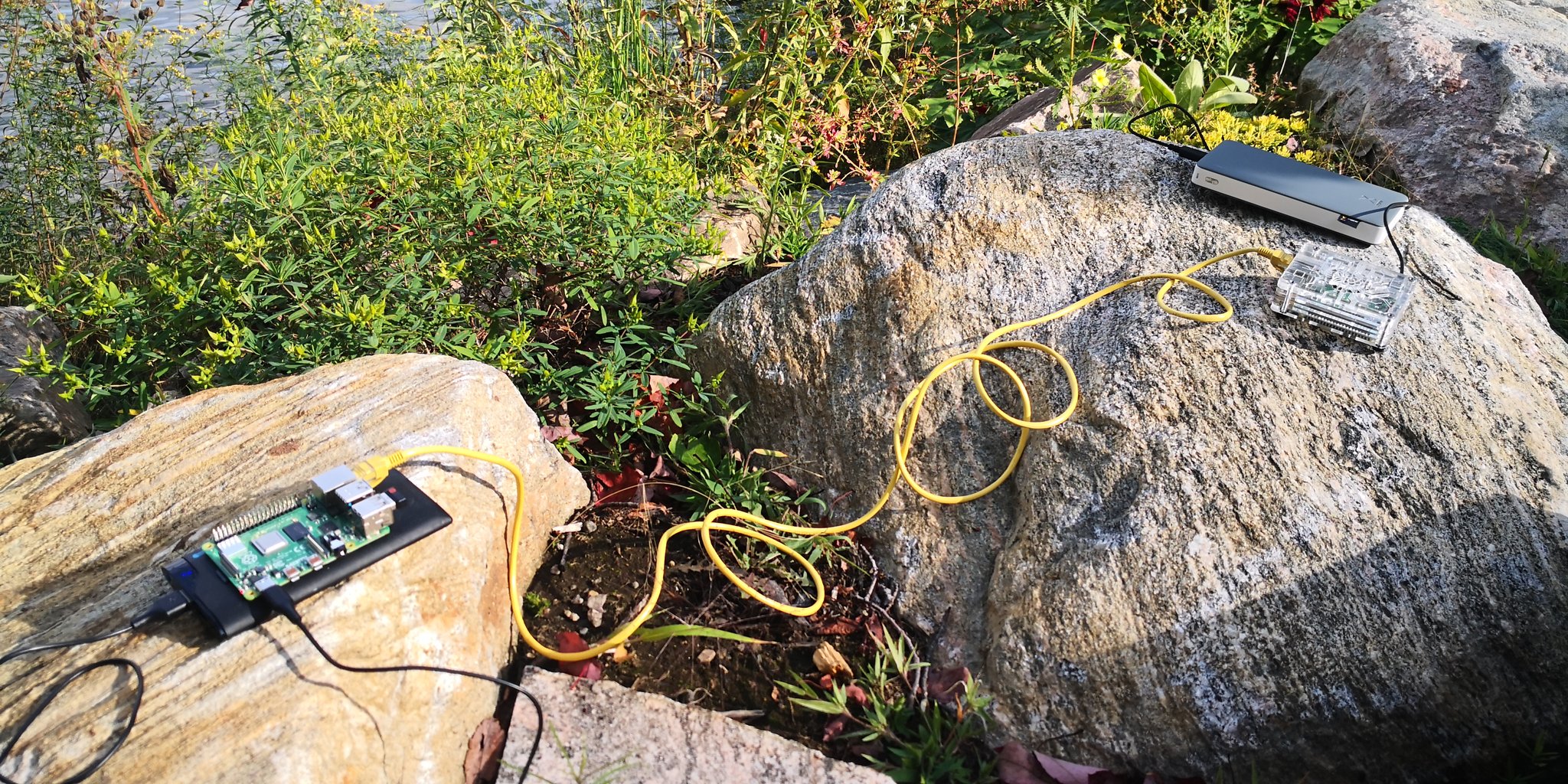[ad_1]
Final week, seven of the eight Eth2 shoppers beneath energetic growth succeeded in marking the foremost milestone of transferring from single-client to multi-client testnets on the “Interop Lock-in”. With this thrilling success in Eth2 growth, we needed to mirror on how this level was reached and on what it means to the Ethereum community and ecosystem.
Anybody following Ethereum over the previous couple of years has seemingly turn out to be aware of phrases similar to “Ethereum 2.0”, “Eth2”, or “Serenity”. Every of those check with substantial upgrades slated for the Ethereum protocol which have been envisioned in some type since earlier than the community went stay in 2015.
Within the early years of Ethereum, groundbreaking analysis was completed in parallel to the unique chain (Eth1) launching, whereas the huge development of the Ethereum group that adopted aided the preliminary adoption of decentralized functions. Nonetheless, the highway from these early breakthroughs to a extremely decentralized, but scalable proof-of-stake blockchain has been lengthy. Over the previous 18 months although, analysis has lastly stablized right into a cohesive and full imaginative and prescient for the approaching main upgrades often known as Eth2.
As analysis moved into specs towards the top of 2018, many teams (shopper groups) from throughout the group stepped as much as construct out core implementations of the protocol (shoppers). Since then, there was a dynamic play between specification and implementation. Fort-nightly calls and a standard spec repository manage communication and the sharing of concepts, however shopper groups have primarily labored in relative isolation, constructing and testing their implementations of the protocol.
Whereas the spec was a transferring goal, shoppers may solely dig so deep into interoperability and optimizations, however as soon as the Section 0 specification of Eth2 was deemed “frozen” on July 1, 2019, shoppers made large progress and commenced to take concrete steps towards manufacturing.
Interop
Joseph Delong from Pegasys had the loopy thought of gathering members from every of the shopper engineering groups in a distant location for every week of interoperability work. The occasion was deemed the “Interop Lock-in” or because it was typically referred — “Interop”. With the spec freeze in sight and Devcon on the horizon, Interop in September was a possibility have all of those stakeholders work by way of preliminary interop-issues in particular person.
The primary purpose of the occasion was to have every collaborating shopper to attain pair-wise interoperability with one another shopper in small check networks — Lighthouse <-> Artemis, Lodestar <-> Lighthouse, Lodestar <-> Artemis, and so forth.
Collaborating shopper groups included:
Further targets concerned testing (1) bigger networks in each node depend and (2) validator depend, (3) networks with 3+ shoppers, (4) enhancing tooling for monitoring and debugging Eth2 networks, and (5) different enjoyable issues like getting raspberry pis working and constructing fork visualizers.
Main as much as the occasion, some targets appeared like a stretch, however groups labored diligently till the deadline and achieved wonderful progress. By the top of the week, shopper groups far exceeded authentic expectations of getting a couple of pair-wise networks, as a substitute finishing the complete pair-wise checks, constructing a small community of all 7 collaborating shoppers, and extra.
The next signify a glimpse into the highlights of the shopper successes, however is definitely not exhaustive:
Multi-client testnets

- All 7 collaborating shoppers achieved pair-wise interoperability, and though an eighth, Shasper, was not capable of be in attendence, they’ve begun to work by way of this milestone as effectively.
- Many bigger testnets have been shaped between 3+ shoppers, 3+ nodes, and better than minimal validator counts.
- All 7 clients in attendence have been efficiently run on a single community.
- All collaborating languages’ libp2p implementations are actually interoperable after debugging some minor points.
Community debugging and instruments

- Some consensus errors between shoppers have been recognized, debugged, and recorded as parts of the state transition that require elevated check protection.
- Command line instruments have been constructed to higher debug ssz objects and state transitions (zcli, pycli, and comparable instruments embedded inside shoppers).
- Progress made on metrics dashboards, a fork visualizer, and different instruments to higher perceive shoppers and networks
- Shoppers have been packaged up into containers to carry out large-scale community checks inside the Whiteblock genesis platform.
After which some

- Consumer groups served as eachother’s first alpha customers leading to in depth build/run scripts and associated documentation.
- Remoted load checks with Nimbus and Lighthouse dealt with 2000+ validators on a single machine paired with equally full nodes over LAN.
- A number of shoppers have been constructed and examined on a small raspberry pi network.
And past
Interop marked a serious inflection level for Eth2. There may be nonetheless a lot work to perform earlier than launch, however engineering efforts will more and more be geared towards testnets, optimizations, and usefulness — work that begins to shift this software program into the arms of customers.
So what’s up subsequent for shopper groups and eth2 growth?
- Benchmarks and optimizations
- Check sync, stress check networks, and so forth
- Public and incentivized testnets
- Third occasion audits
- Sprucing the validator consumer expertise
Lastly, we owe a particular thanks to the ConsenSys workforce for serving to to arrange, host and supply sources that made Interop doable.
[ad_2]

